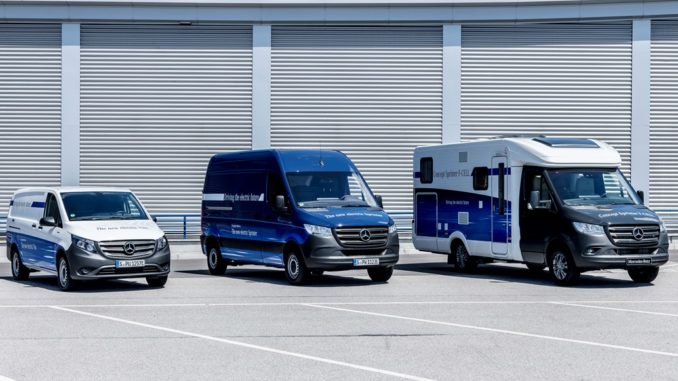
With the eVito, which comes to market right after the 2018 IAA Commercial Vehicles, Mercedes-Benz Vans is proving that electrified models are competitive and, depending on use case, able to hold their own in terms of cost against classic internal combustion engines.
 That is why the brand with the three-pointed star has been taking a new approach since the introduction of the eDrive@VANs strategy – the use case is now the key factor when it comes to evaluating various powertrain options. Battery-electric drive or classic internal combustion engines are then only selected when they offer the optimum prerequisites for a defined application. The powertrain line-up will be enhanced in the medium term by the fuel cell. Showcasing the merits of this technology is the Concept Sprinter F-CELL.
That is why the brand with the three-pointed star has been taking a new approach since the introduction of the eDrive@VANs strategy – the use case is now the key factor when it comes to evaluating various powertrain options. Battery-electric drive or classic internal combustion engines are then only selected when they offer the optimum prerequisites for a defined application. The powertrain line-up will be enhanced in the medium term by the fuel cell. Showcasing the merits of this technology is the Concept Sprinter F-CELL.
To meet the needs of as many transport requirements as possible and enable entry into zero-local-emissions electric mobility for a diverse array of sectors, the eSprinter is already waiting in the wings as the second model after the eVito. The large van will celebrate its market premiere next year.
Check practicality with the eVAN Ready app
The level of interest in this new form of mobility already apparent ahead of market launch shows that the new eVito model range meets customer expectations. One strong indicator of positive customer feedback is the extensive use of the eVAN Ready app, which enables users to check online whether battery-electric models could play a role in their own fleet.
A zero-local-emissions fleet that still meets all expectations in terms of everyday usability, flexibility, reliability and economy – the eVito dispels these apparent contradictions. We are at the forefront of this development, will use the momentum, follow up with the eSprinter and, in the medium term, offer battery-electric drive across the entire van line-up. We want the selection of a specific powertrain variant to be determined by the respective use case and not by the availability of the suitable vehicle class – says Volker Mornhinweg, Head of Mercedes-Benz Vans.
A range of 150 kilometres, fully recharged in six hours
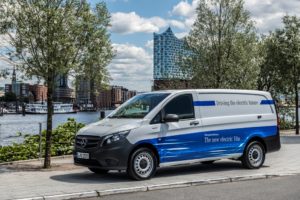 The new eVito is at home primarily in urban delivery traffic. However, its range and load capacity also meet the demands of tradespeople and service technicians. An installed battery capacity of 41 kWh delivers a range of around 150 kilometres. Even when conditions are unfavourable, the customer still has a range of 100 kilometres. The full range is restored after six hours of charging.
The new eVito is at home primarily in urban delivery traffic. However, its range and load capacity also meet the demands of tradespeople and service technicians. An installed battery capacity of 41 kWh delivers a range of around 150 kilometres. Even when conditions are unfavourable, the customer still has a range of 100 kilometres. The full range is restored after six hours of charging.
The battery-electric drive generates 84 kW and up to 300 newton metres of torque – tailormade for urban use. The top speed can be adapted to the given use case. If the eVito is driven largely in city-centre environments, a top speed of 80 km/h conserves energy and increases the range. Alternatively, it can be configured for a top speed of up to 120 km/h.
The mid-size van can be ordered with one of two available wheelbases. The base version has an overall length of 5140 millimetres and a maximum payload of 1073 kilograms, placing it on par with the conventionally powered Vito. The extra-long version comes to 5370 millimetres. Its generous cargo space has room for goods and wares up to a payload of 1048 kilograms. The maximum gross vehicle weight is 3200 kilograms. The position of the batteries also ensures excellent flexibility, with a cargo volume of between 6.0 and 6.6 m3. The energy storage units are located underneath the vehicle and do not impinge on cargo space in any way.
Not least of all, the eVito demonstrated its reliability and the technical maturity of all components during extensive winter testing. Handling, efficiency, ergonomics and comfort in extreme conditions were closely examined at temperatures of as low as minus 30 degrees Celsius, in snow and on icy roads. The tests also covered charging and driving characteristics in the cold as well as the low-temperature resistance of the powertrain components and software.
eSprinter comes with all the qualities of the segment founder
 The eSprinter follows the eVito next year. The vehicle that founded the large van segment is the perfect companion whether the vehicle is used as a workshop on wheels or as a spacious delivery vehicle. The new eSprinter will be offered initially as a panel van with a high roof and a gross vehicle weight of 3500 kilograms. Just like a Sprinter with an internal combustion engine, the maximum cargo volume is 10.5 m3.
The eSprinter follows the eVito next year. The vehicle that founded the large van segment is the perfect companion whether the vehicle is used as a workshop on wheels or as a spacious delivery vehicle. The new eSprinter will be offered initially as a panel van with a high roof and a gross vehicle weight of 3500 kilograms. Just like a Sprinter with an internal combustion engine, the maximum cargo volume is 10.5 m3.
With an installed battery capacity of 55 kWh, the anticipated range stands at around 150 kilometres with a maximum payload 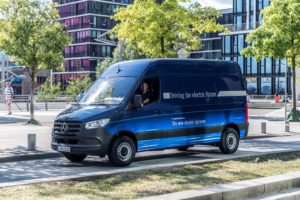 of 900 kilograms. The second battery option allows customers to set other priorities in the usage parameters. Three battery units with a capacity of 41 kWh deliver a range of around 115 kilometres. In return, the maximum payload increases by around 140 kilograms to approximately 1040 kilograms.
of 900 kilograms. The second battery option allows customers to set other priorities in the usage parameters. Three battery units with a capacity of 41 kWh deliver a range of around 115 kilometres. In return, the maximum payload increases by around 140 kilograms to approximately 1040 kilograms.
Like the entry-level diesel engine, the electric drive in the eSprinter generates 84 kW and torque of up to 300 newton metres. Just like the eVito, the top speed can be configured for purpose – to a maximum speed of 80 km/h or up to 120 km/h if more pace is required.



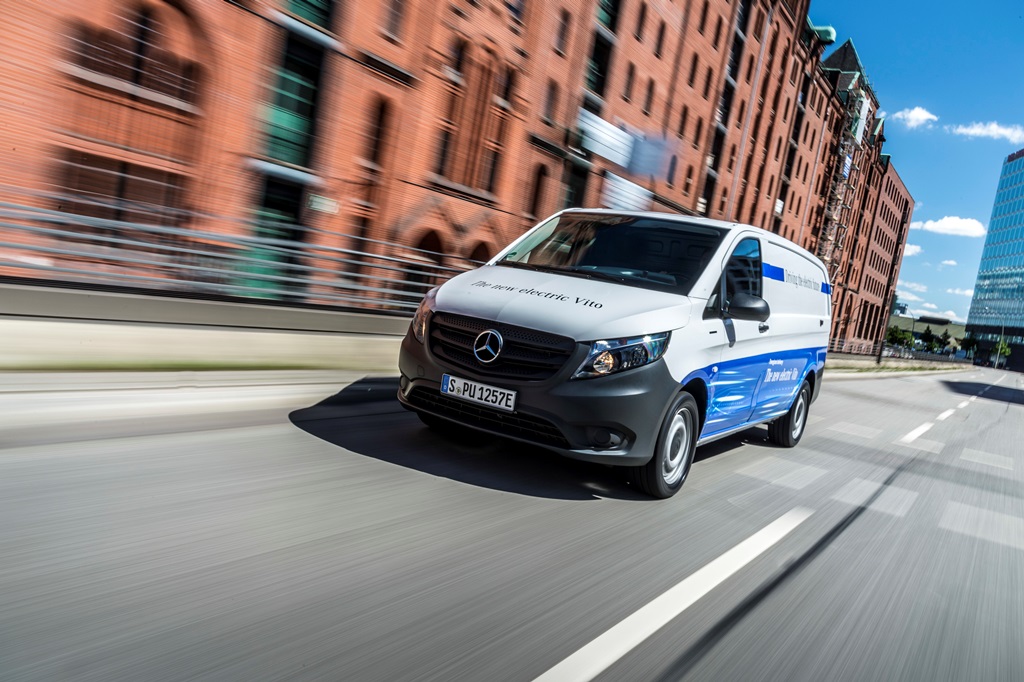


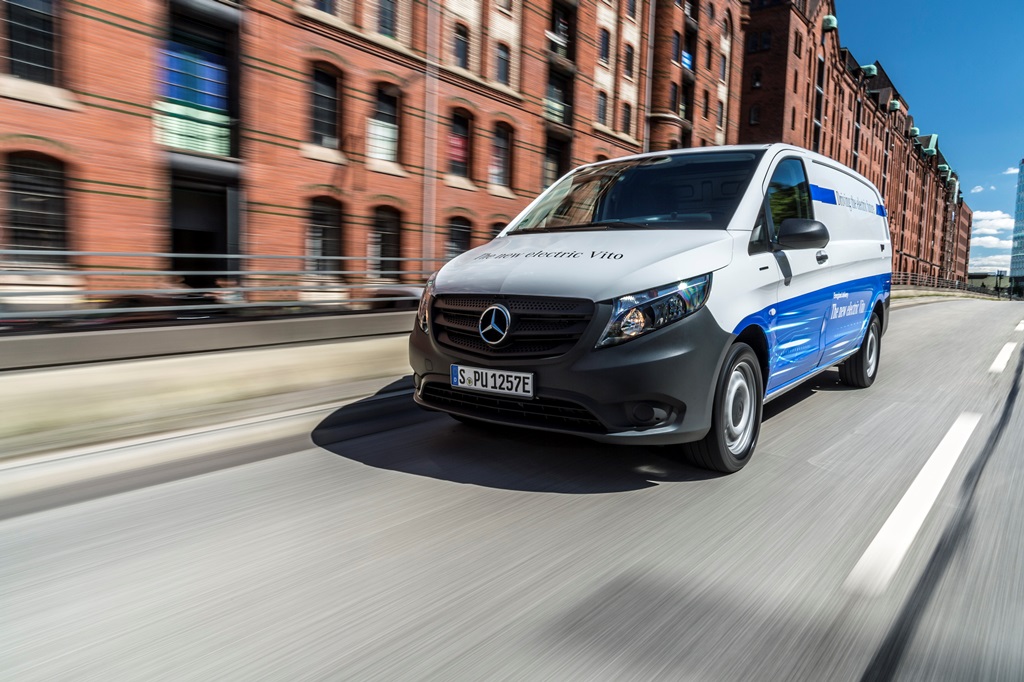


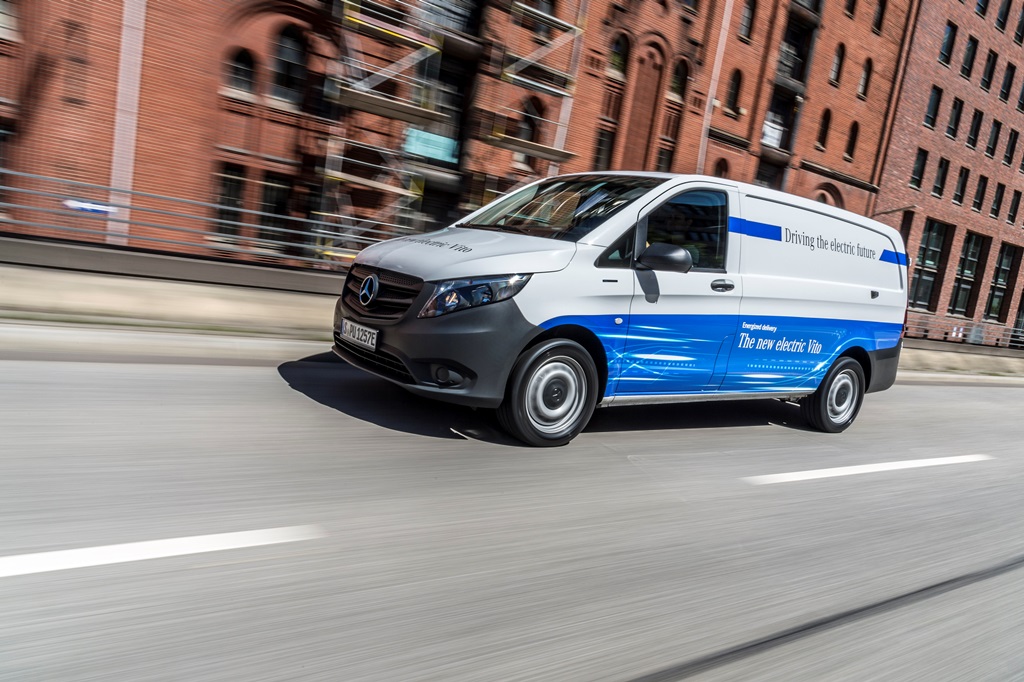
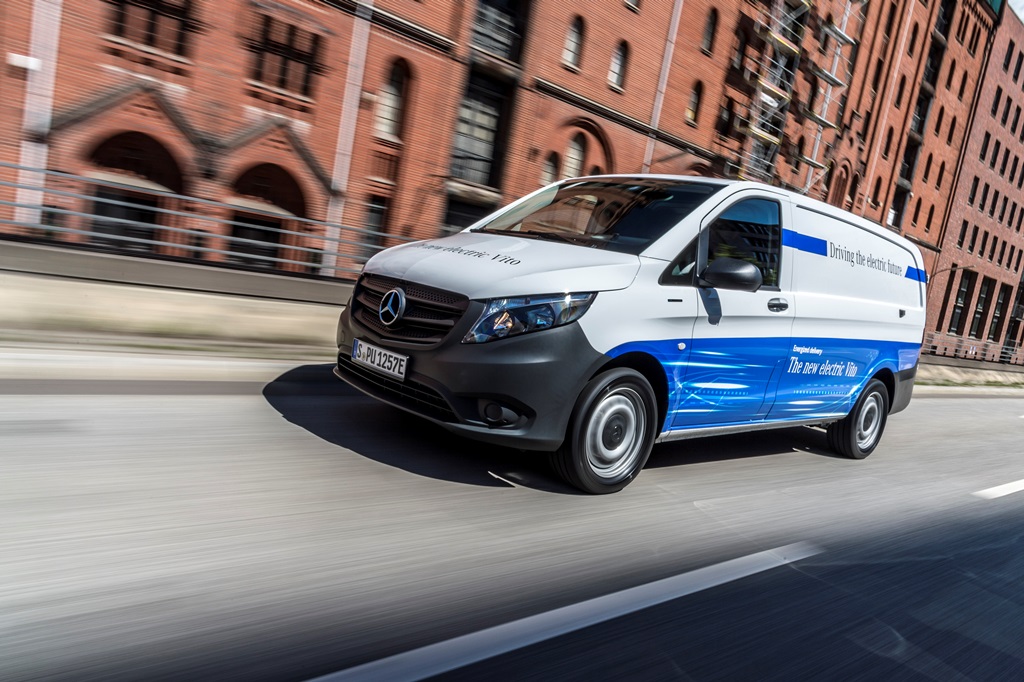

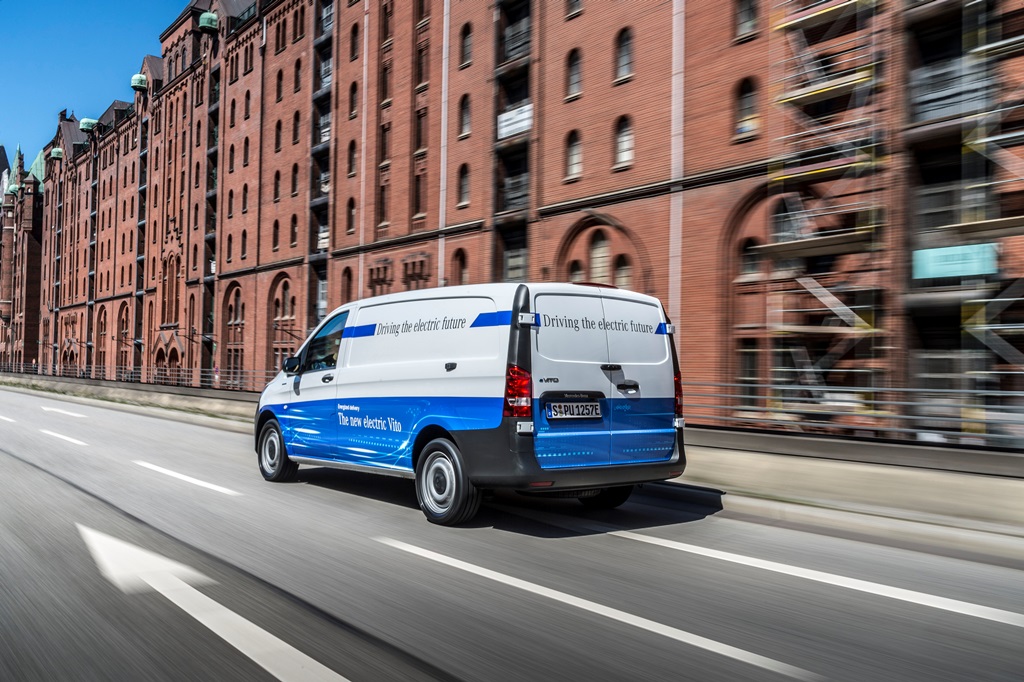


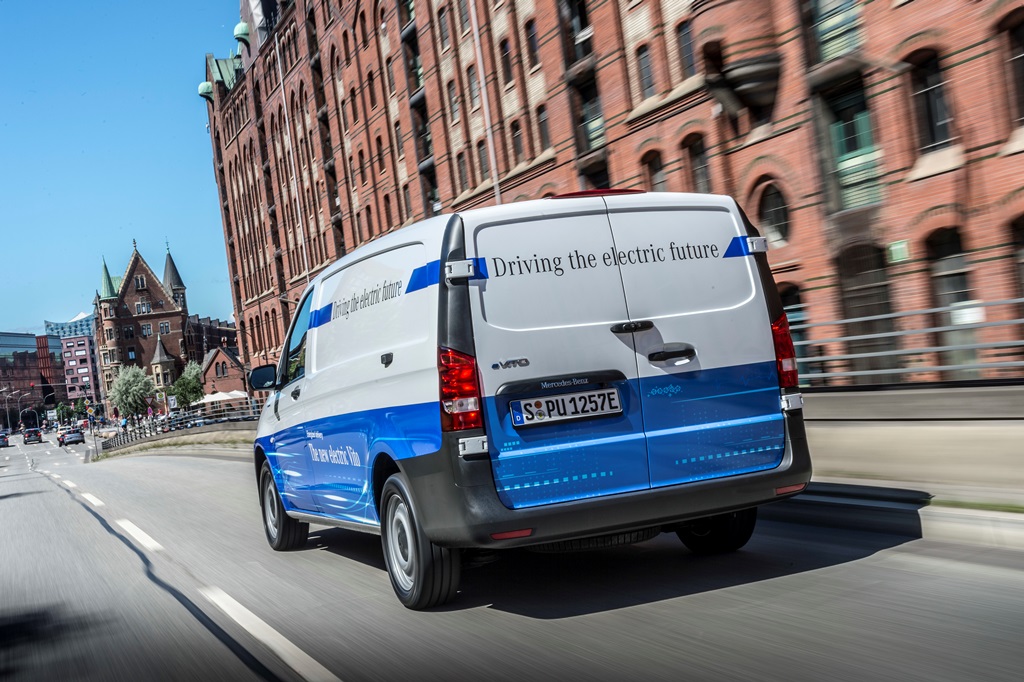
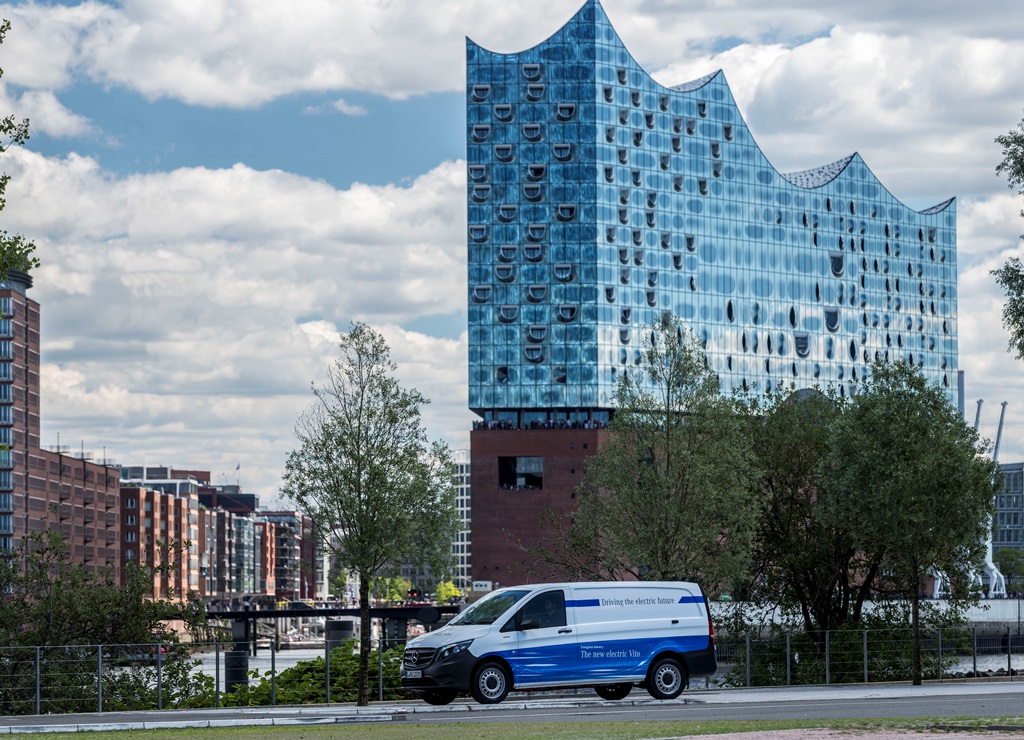



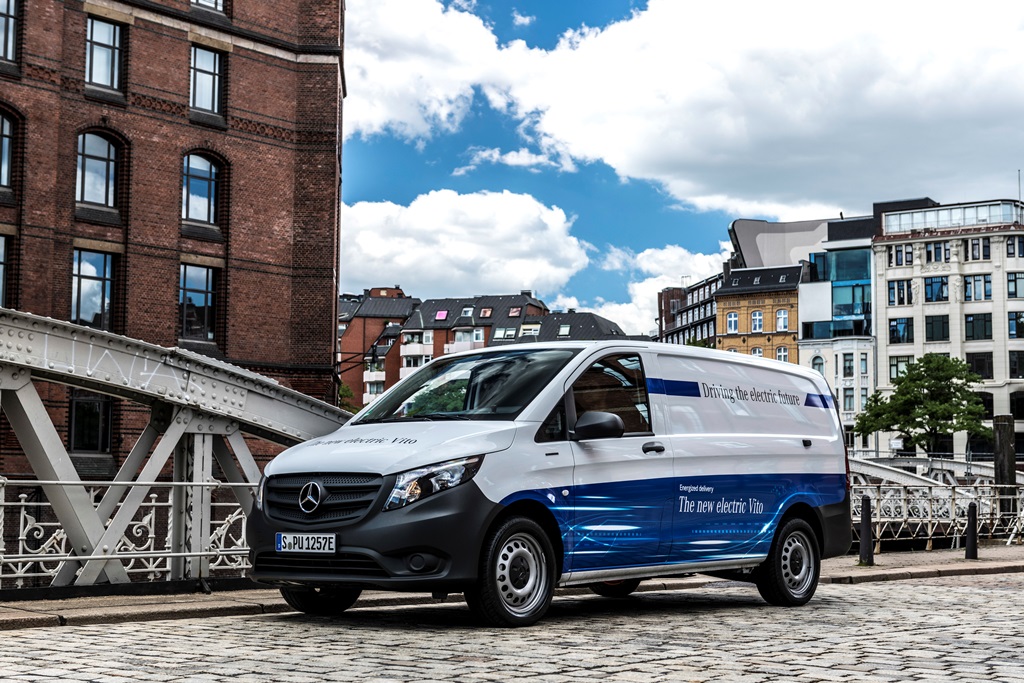





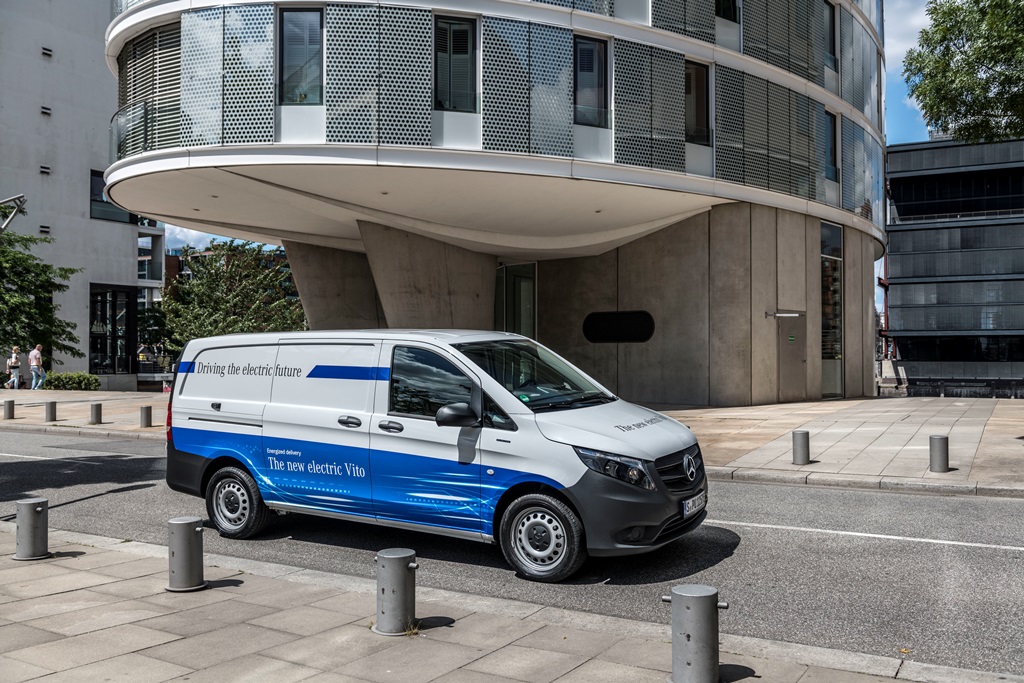



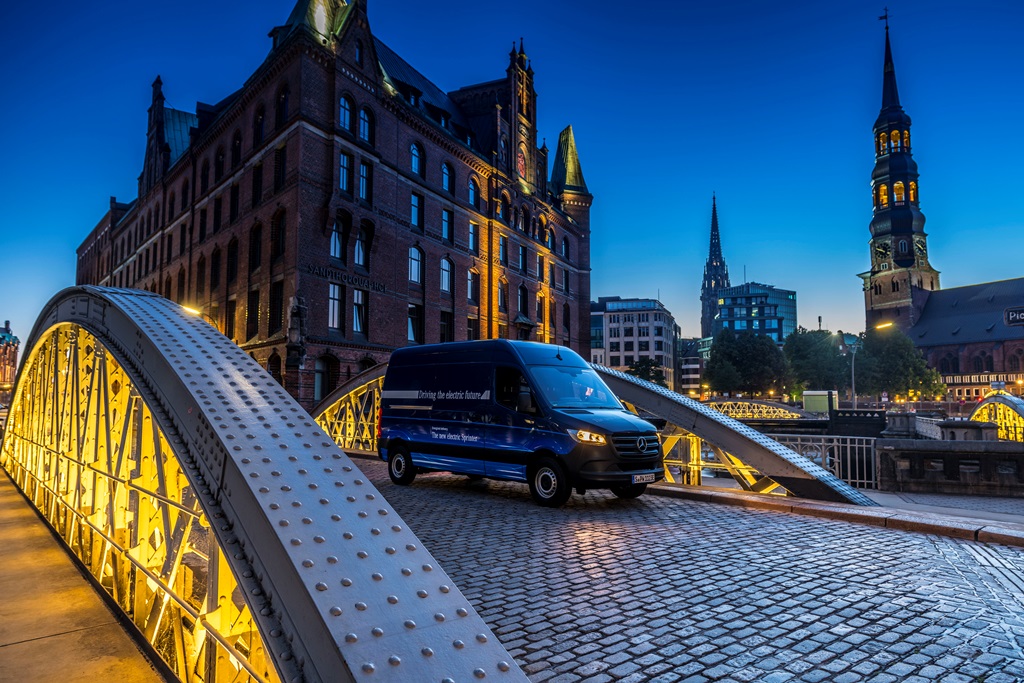




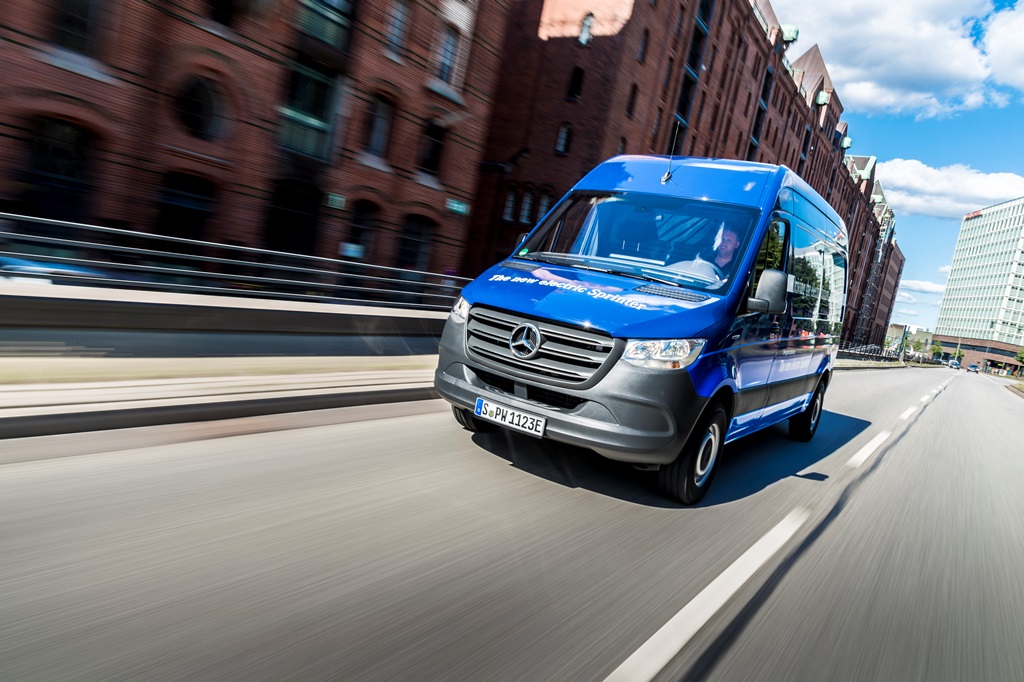

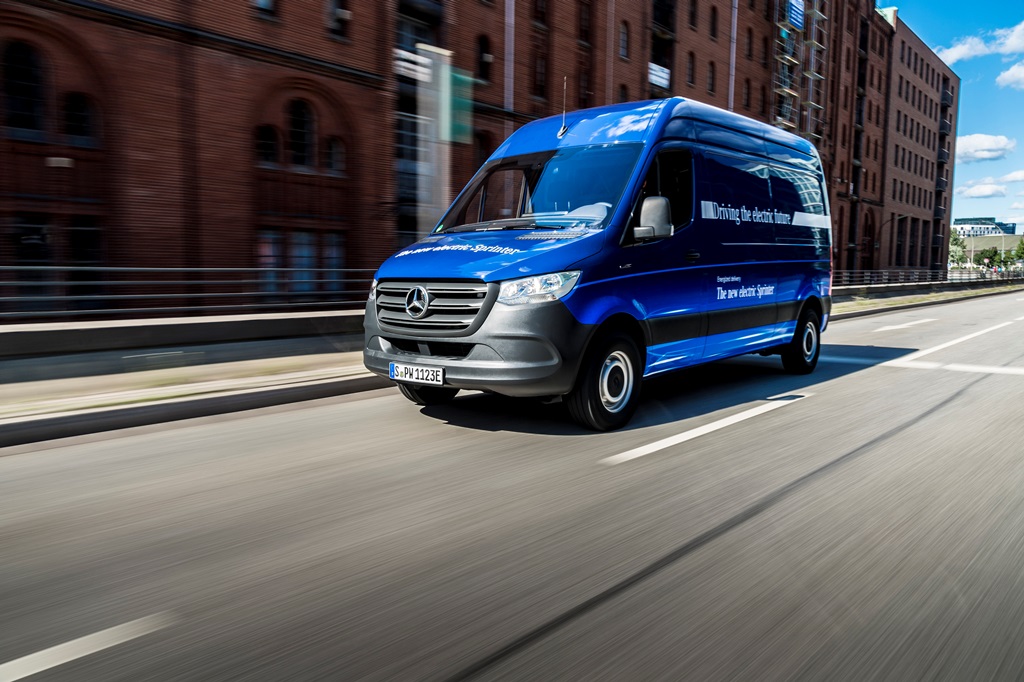
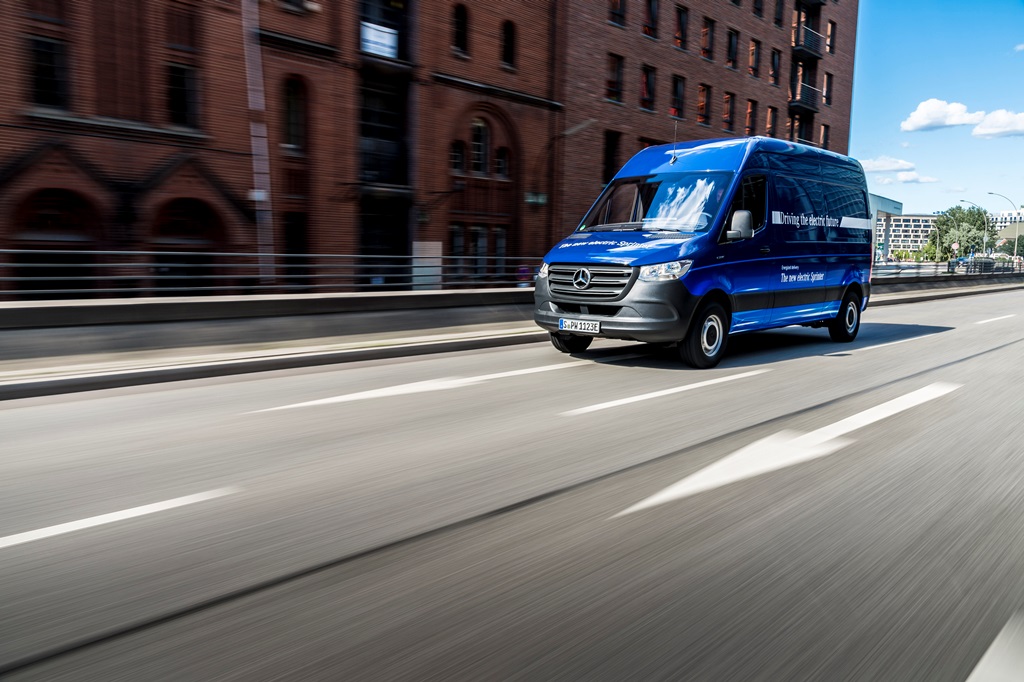








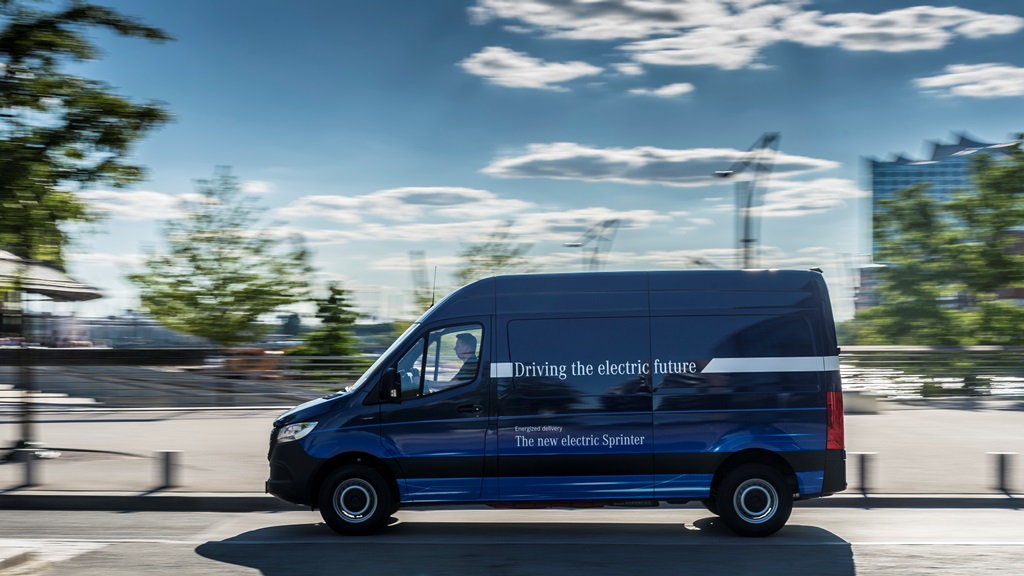


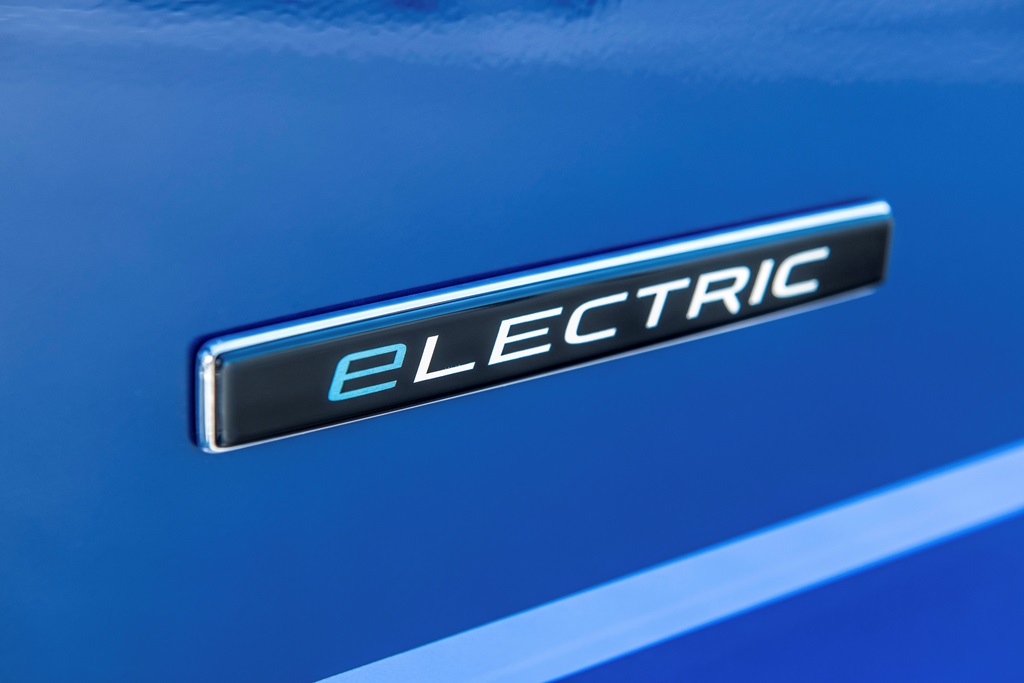



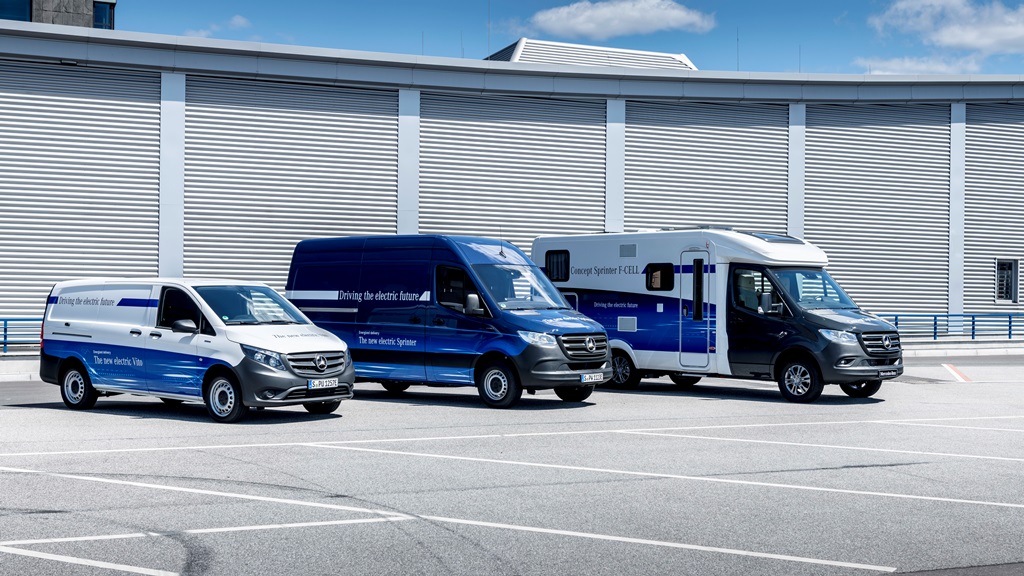
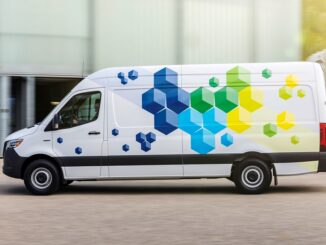


Be the first to comment